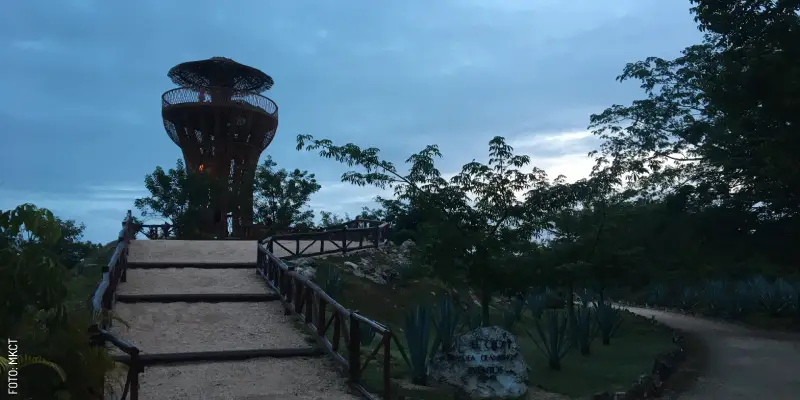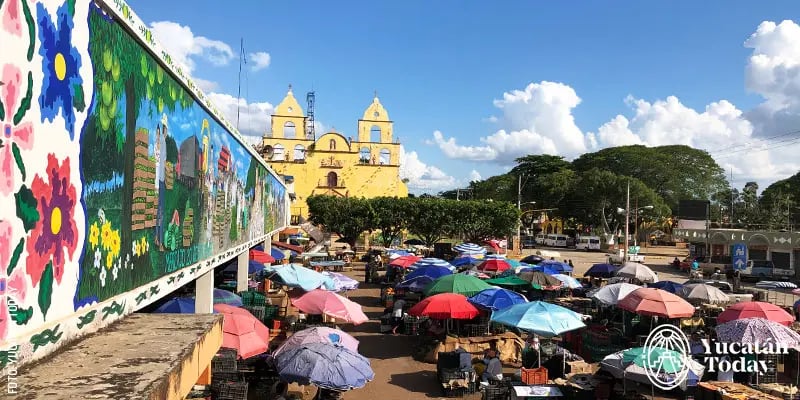- Home
- Destinations
- Towns of Yucatán
Towns of Yucatán
Street in Izamal, the yellow city and one of the Magic Towns of Yucatán.
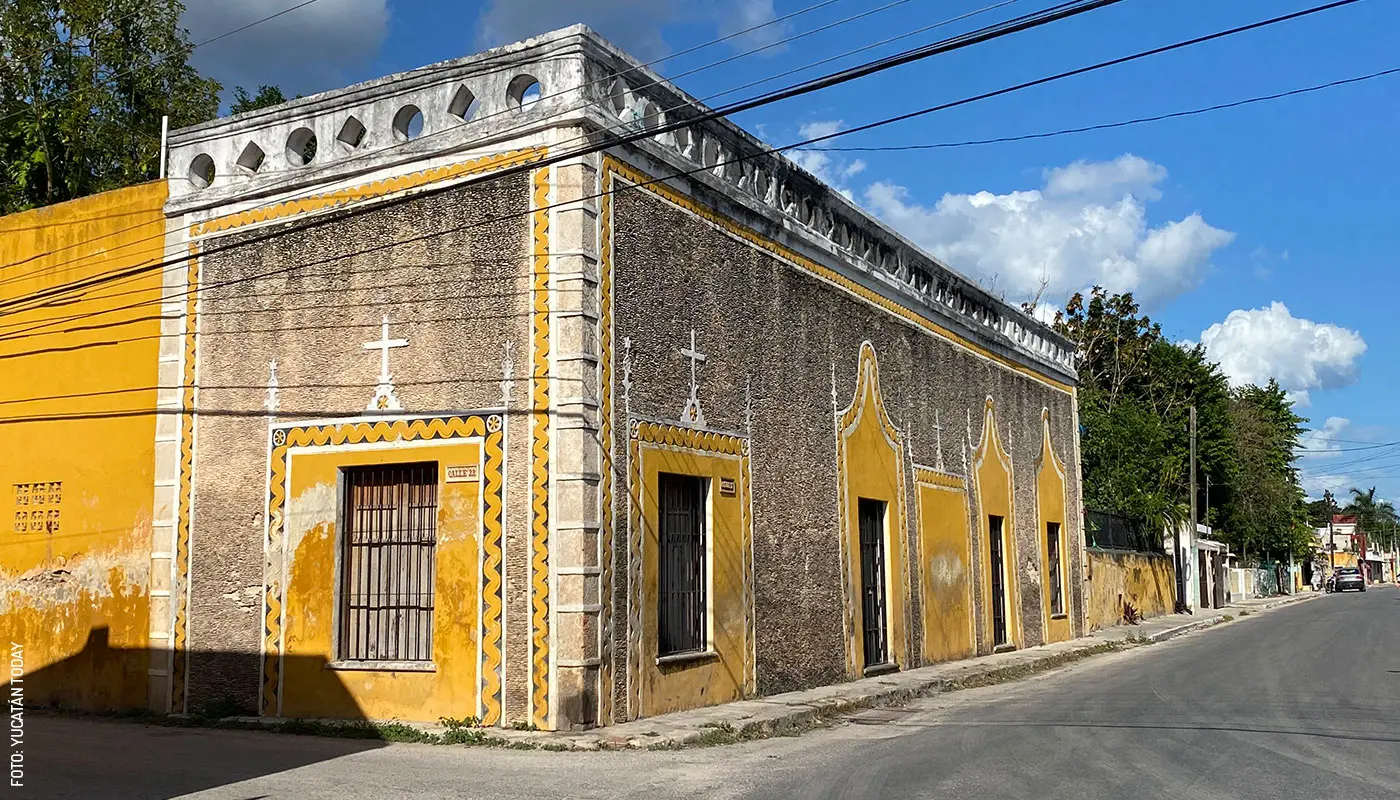
The Seven Magical Towns of Yucatán
For many, México (and much of Latin America) gives off a distinct vibe that can only be described as magical realism. Along those lines, back in 2001, the fine folks at the Mexican tourism secretariat designed a program whereby a village, town, or small city could receive a special designation as a “magical” place, hence the term Pueblo Mágico. These are special places throughout the country that have that “special something,” be it a unique culture, food, physical location, or local traditions that make them very attractive to visitors. The idea is not only to promote these places, but also keep them magical with an infusion of federal, state, and municipal funds to restore and maintain these unique locations.
The state of Yucatán has many places that I would consider magical, but only a few are recognized as official Pueblos Mágicos.
Some common characteristics are
Freshly painted and colorful houses and businesses
The façades of buildings in the center of each town have been fully restored and painted making for a photogenic stroll along the streets surrounding the main square. Always have your camera or phone at the ready!
An absence of overhead power cables
In practically all the cities and towns in México, on your walk around any neighborhood and especially the town center, you will see a spaghetti-tangle of electrical cables and power lines overhead, mixed in with traditional telephone and fiber optic lines and even low-tech cable television lines. In Pueblos Mágicos, these are gone, and the sensation is liberating and their absence makes for much better photos!
No garish signage
All signage is strictly controlled and regulated. No fluorescent pink paper with crooked Sharpie lettering advertising a special. No horrid neon. Even the ubiquitous Oxxo stores have discrete and less intrusive signage than their urban, non-magical counterparts.
Here are those Yucatán Pueblos Mágicos along with a little bit about each place.
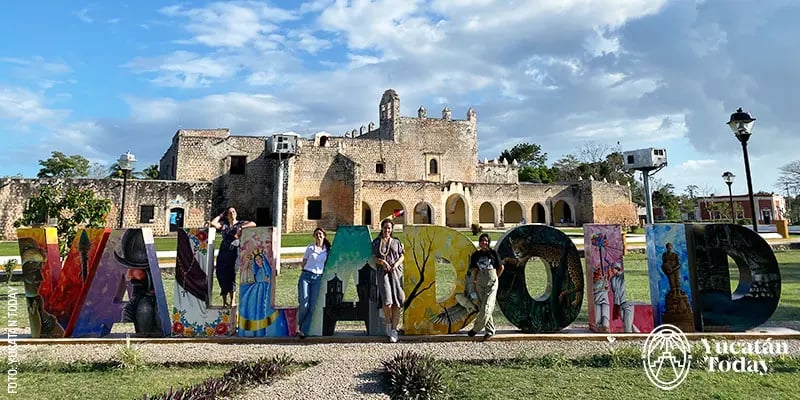
Located halfway (two hours from each) between Mérida and Cancún, Valladolid, named “Pueblo Mágico” in August 2012, is a bustling Maya city with a special colonial flavor. Valladolid is also known as “The Sultan of the East,” a title given for the architectural beauty of its colonial buildings.
Valladolid was founded by Don Francisco de Montejo “El Mozo” in 1543 and acquired the category of a city in 1823. Valladolid is the setting of two of Mexico’s most significant events: the Caste War in 1847 and the “first spark of the Mexican Revolution” in 1910.
In the spring of 2012, Valladolid received the federal decree Zona de Monumentos. There are seven neighborhoods in Valladolid where you can visit the seven churches, along with the cenote Zaci located a few blocks away from the main plaza.
Learn more about Valladolid and its natural beauty.
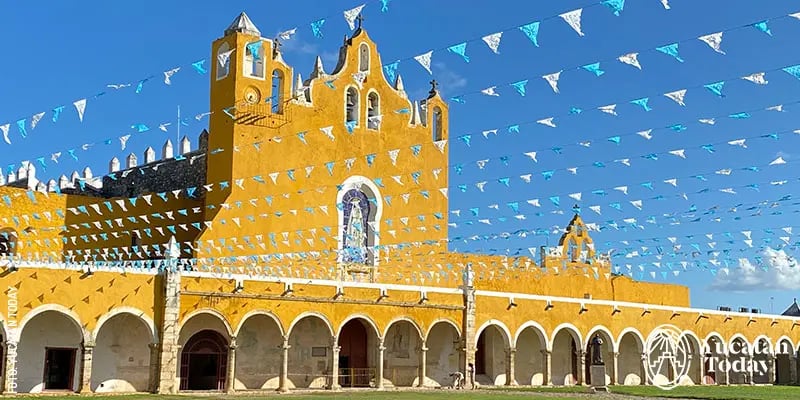
The Magical Town of Izamal is known in Yucatán as the City of Hills. That’s because, it’s said, for a very long time, the city’s many Maya constructions were abandoned to the point that they looked like mounds. Not too long ago, Izamaleños still called the pyramids “Cerros” (hills).
On the other hand, these Maya remains’ coexistence with impressive colonial buildings (such as the San Antonio de Padua convent) and, of course, modern life in México, have given the city a second nickname: the City of Three Cultures.
Izamal’s third moniker is the Yellow City, and it’s easy to see where that comes from: every building in the city is painted in this cheery color. There are countless legends aiming to explain why that is; the truth of the matter is that, in Izamal, buildings have been yellow since the 1960s, and the specific hue was standardized in 1993, to coincide with pope John Paul II’s visit to the city.
¿Want to know more? We have an article with all you need to know about Izamal.
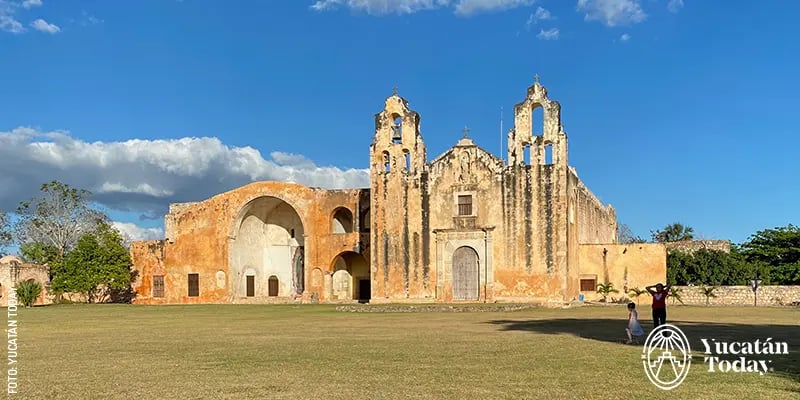
Of Yucatán’s Magical Towns, none says “cultural tourism” quite like Maní, 95 km or 60 mi southeast of Mérida. In Maní, history, legends, craftsmanship, and nature come together to create a truly magical experience.
In Maya, Maní means “the place where everything happened,” as this small village has been at the center of more than one noteworthy historical event.
Maní is perfect to explore on foot; The distances are short and the streets are safe to walk. Visit the former Convent, the meliponarios, the embroidery shops, the grotto and of course you cannot miss its very famous gastronomy.
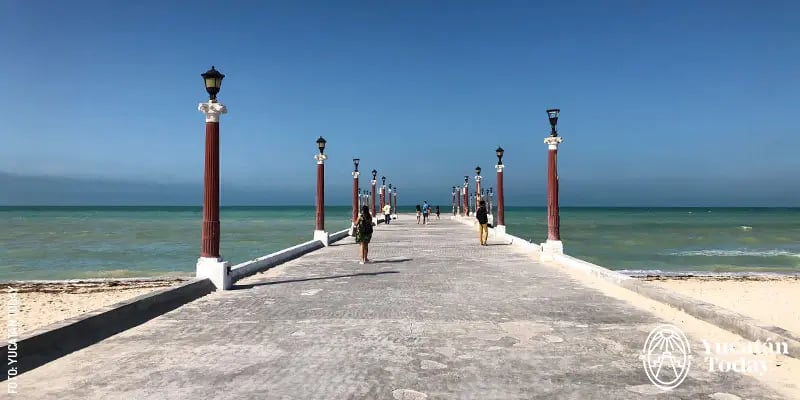
Sisal Magical Town
This is the only seaside Pueblo Mágico in the state and it is located just down the beach from Celestún on the Gulf of México coast. Sisal was the state’s original and official port before Progreso.
All visitors rave about a beachfront seafood lunch, which indeed is pleasant and the beach is one of the nicest on the coast with vast expanses of white sand and tranquil blue-green water.
Also, look for the community square with a few cannons built into its foundations. There is a lighthouse as well. The former Customs building is a museum. The other thing to do in Sisal is visit some of the natural attractions of the area like fresh water springs, do some bird watching in the magroves.
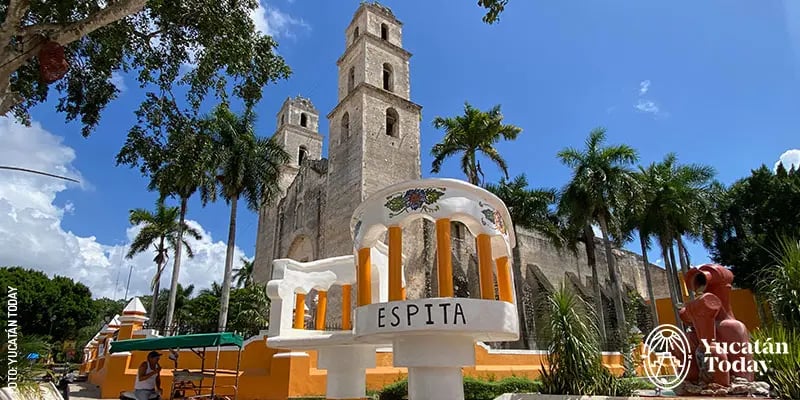
Located at 162 km (or 102 miles) and roughly a 2-hour drive from Mérida, the Magical Town of Espita is conveniently close to Tizimín, Valladolid, Uayma, Chichén Itzá and coastal towns like San Felipe, Río Lagartos, and Las Coloradas, captivating municipalities that are well worth the trip.
Nicknamed the “Athens of Yucatán” due to its rich history and its prominence as a cultural hub in Yucatán, the charming “Villa” (the Spanish name for a town larger than a village, but smaller than a city) of Espita is a tranquil retreat that amounts to the “relaxation tourism” capital of southeast México.
Espita is a very quiet place to enjoy the daily life of Yucatecan life in the towns. You can take classes to learn how to make typical Espita dishes such as Kot'sob or Xupik. Visit the main plaza at night on Tuesdays and Thursdays during the food harvest or just concentrate on your rest.
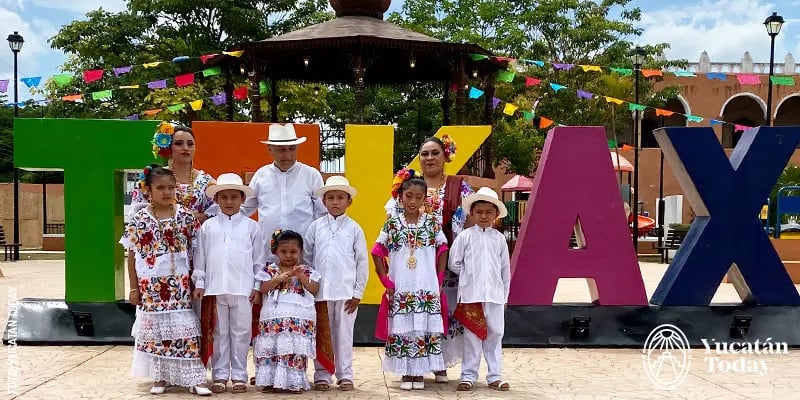
Tekax Magical Town
The municipality of Tekax, also known as “Sultana of the Mountain” is located in the heart of southern Yucatán. Surrounded by valleys and hills, this newly announced Magical Town offers a wide variety of family activities for adventurers and nature lovers.
In Tekax, there are many experiences to choose from, depending on the level of adventure you seek. Whether you enjoy hiking, rappelling, off-road biking and ATV circuits, or bird watching within the mystical energy of the jungle, Tekax has something for you and your entire family. Kalmakaal, Chocantes and Sartenejas are natural parks with many options depending on your level of adventure. Your tour is very easy to customize!
In the town you can visit the San Juan Bautista church, the second largest in Yucatán after the Cathedral of Mérida. Take a walk through the mural alley with its 10 beautiful murals that tell the history and culture of the municipality, and are so spectacular that you won't be able to resist taking hundreds of photos.
Visit la Ermita, the star of the Sultana de la Sierra. You can enter the chapel; There is San Diego de Alcalá, the holy custodian of the city and the murals alluding to his miracles.
Complete your adventure in Tekax in the far east of the Puuc region: the archaeological zone of Chacmultún. Its murals and ball court are witnesses of the importance of the city during the postclassic Mayan period.
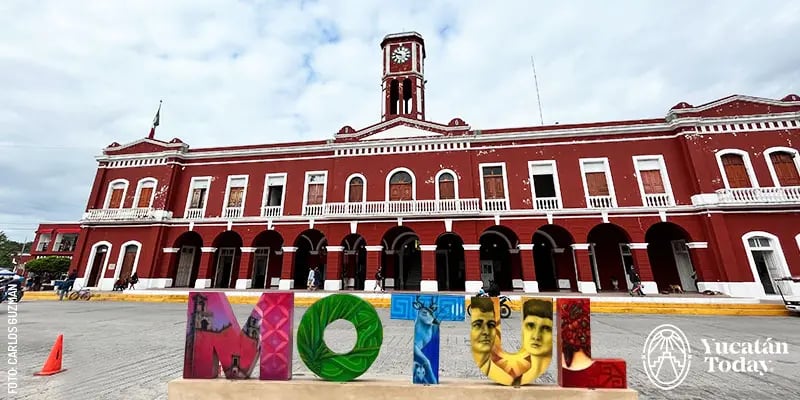
Motul Magical Town
Only 30 minutes from Mérida, heading out Avenida Yucatán, an excellent highway will take you to Motul, a city with history and various inviting attractions including food, sightseeing, and swimming, in a completely family environment.
Arrive before 9 am so you can have breakfast in the mercado “20 de noviembre” where you will find authentic, delicious “Huevos Motuleños” (a famous local egg dish) accompanied by fried bananas, at “Doña Evelia’s” stall, a favorite of locals and visitors.
Across from the market is the main park dedicated to Felipe Carrillo Puerto, well-known socialist governor of Yucatán who comes from this city. Beside the mercado is the house where he was born, now a museum that exhibits documents, photographs, letters, and personal objects.
Passing the main plaza is the church dedicated to San Juan Bautista, patron saint of Motul.
If you decide to refresh yourself a bit, you can grab a mototaxi at the main plaza and ask the driver to take you to Sambulá cenote, an attraction for locals and visitors alike, about 10 blocks from the Centro.
Other towns in Yucatán
Tixpéhual
In Tixpéhual visit the temple of San Martín Obispo, built in colonial times. Take a good look at the church cornice; it looks like flames. In the main park there is a sculpture by Enrique Gottdiener Soto, dedicated to motherhood.
Cacalchén
In Cacalchén visit the town hall and the temple of Saint Peter and Saint Paul built in the 16th century. During the last week of June, from the 20th to the 29th, the annual fiesta in honor of these two saints, the town patrons, takes place; the whole town gets involved. During Holy Week there is a traditional procession through the streets, carrying the image of the Aké Christ, expressing gratitude for the miracles and blessings given.
During your walk around Cacalchén, take note of the “albarradas” (characteristic walls of Yucatán’s small towns, built with stones) and colorful bouganvillia. Ask about the cenotes that are safe for swimming, like “Ayin,” located inside a semi-open cave, and take a moment to refresh yourself in the cool water. There is a $20 pesos entry charge.
Bokobá
Bokobá is a town full of unexpected surprises such as the Temple and Ex Convent of the Virgin of Assumption, built in the 17th century, benches made of granite in the main park, colorfully painted doors, and of course many bicycles, the main transportation in town.
Tekal de Venegas
Tekal de Venegas is located 30 km away from Cacalchén and 14 km from Izamal. The temples of Saint Roman and Saint Peter are painted in the characteristic yellow and have the traditional staircases. You can also do some eco-archaeological activities at Ox Watz, which has an old sisal hacienda, three watering holes (Tzatz, Kanab and Ox Watz), the archeological site of X’Batún, the Cenote Azul (blue) and Kukulá cenote. There are activities including bicycle tours, bird-watching, and observation of local trees.
Artículos relacionados
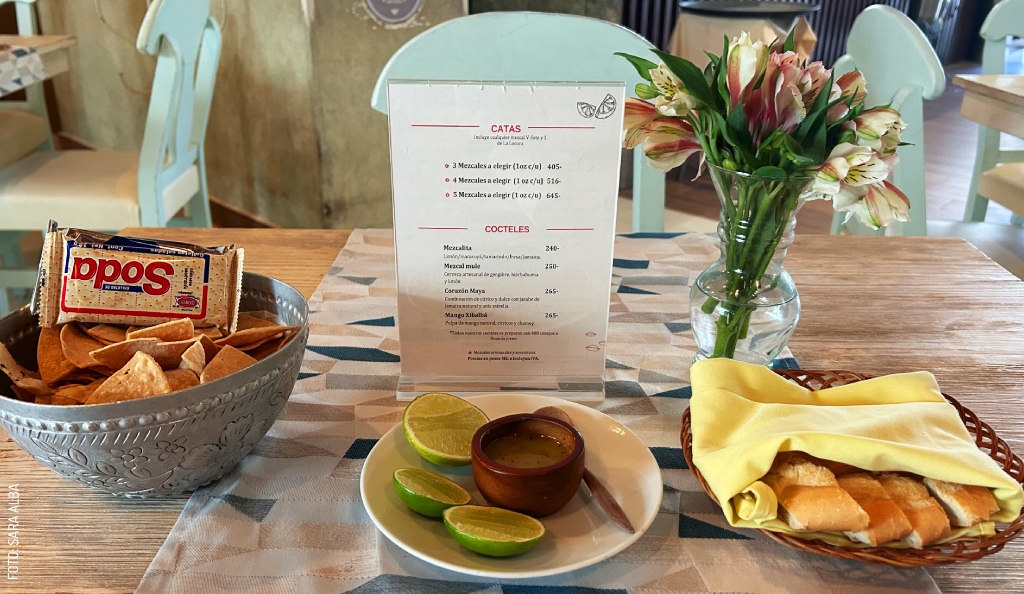
Saborea la frescura del mar en el restaurante La Pigua
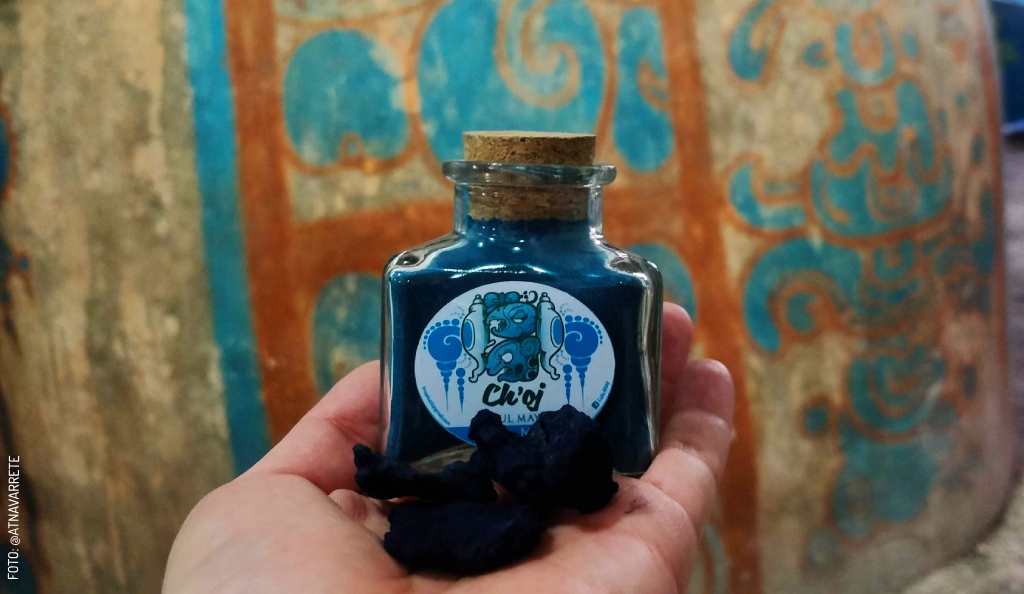
Cómo se elabora el azul maya
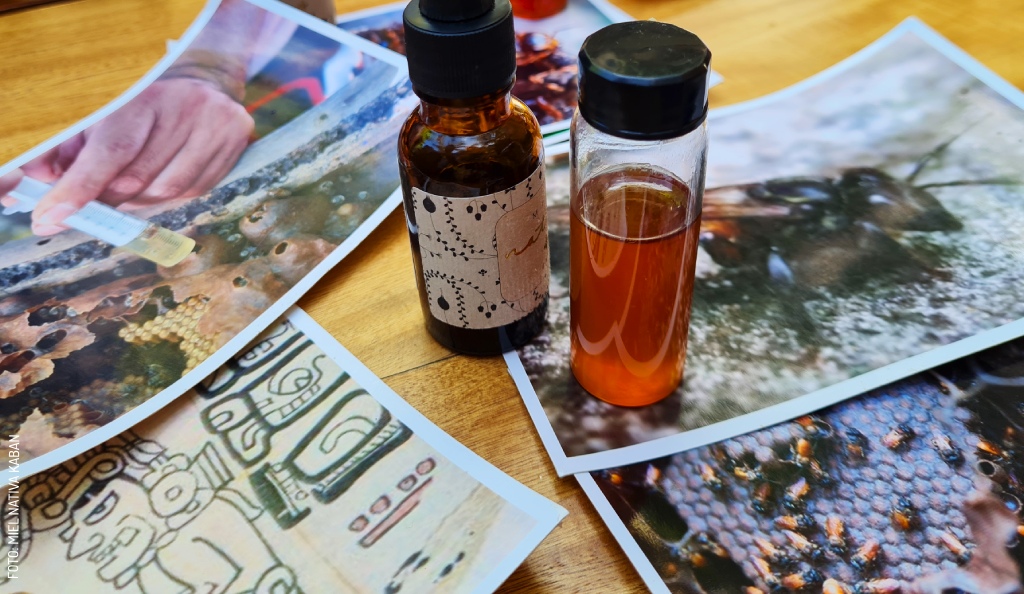
Identifica a las abejas yucatecas
Related Posts
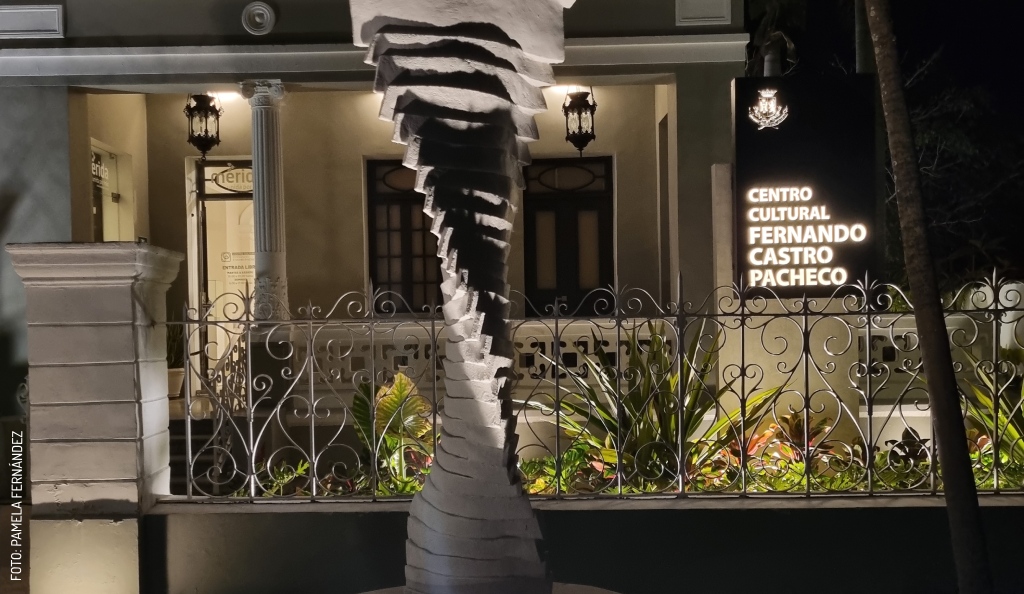
A Seven Day Stay: Telchaquillo, Teabo, Valladolid, Cenotillo
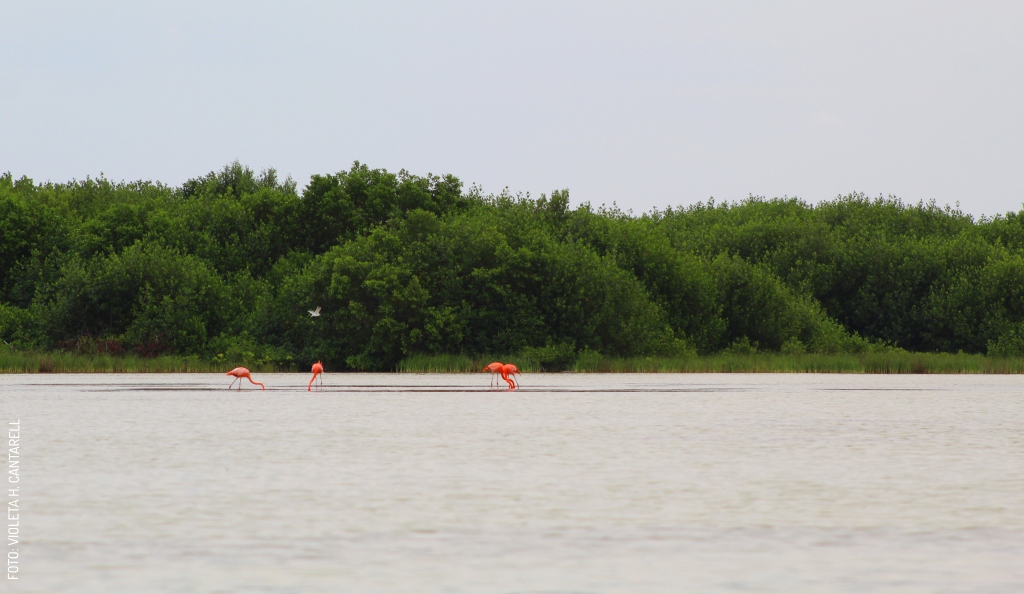
A Seven Day Stay: Celestún, Sisal, Telchac Puerto, Río Lagartos
